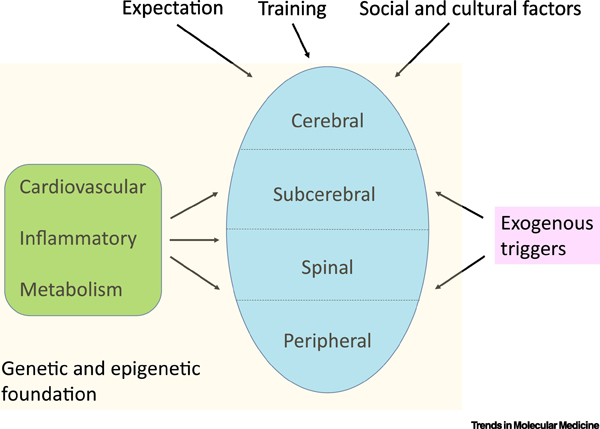Figure 3. Multiscale mechanisms of pain and stress resilience.

The figure illustrates the involvement of the entire neuraxis, from peripheral neurons (all excitatory) to more complex spinal, sub-cerebral, and cerebral circuits which reflect a combination of excitatory and inhibitory neurons and their regulation by several glia cell-types. Nervous system function in turn is controlled by peripheral factors such as those from the cardiovascular, inflammatory, and metabolic systems, among others. The functioning of the nervous system and peripheral organs is driven by a foundation of genomic sequence and its regulation by epigenetic factors, which mediate in part the influence of a host of external stimuli on the organism over the life cycle. These combinations of factors result ultimately in an individual’s inherent level of resilience versus susceptibility to pain, stress, and many other challenges.
